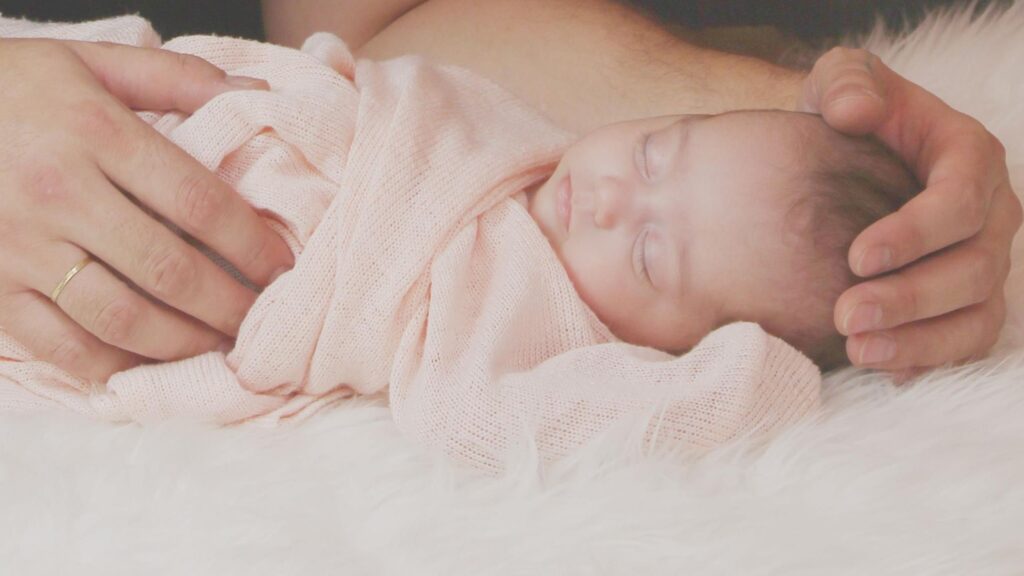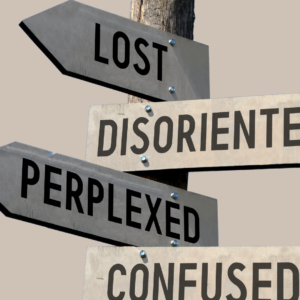Many of my client’s come to me thinking that PTSD as something only combat veteran’s experience. However, what many people don’t realize is that PTSD can also stem from experiences during or after childbirth. This is known as postpartum PTSD, and it affects numerous women. It frequently goes unnoticed or gets misdiagnosed as postpartum depression.
PTSD, regardless of its origin, is treatable. Every new mother deserves the chance to fully embrace motherhood without the weight of unresolved trauma.
Join me as we explore the complexities of postpartum PTSD, discussing its symptoms, causes, and available treatment options. Through sharing personal experiences, expert insights, and practical advice, I aim to shed light on this important issue and provide a supportive community for women navigating this challenging journey.
Let’s break the stigma surrounding postpartum mental health and empower women to seek the help they need to thrive as mothers.

What Is Postpartum PTSD?
Postpartum PTSD is a condition triggered by a childbearing event that is terrifying and threatening. It can cause intrusive memories, nightmares, flashbacks, anxiety, emotional outbursts, hyperarousal, negative thoughts, social isolation, and distress that can take any number of forms.
Several aspects of pregnancy, childbirth, and new motherhood can be traumatic:
- Unplanned pregnancies
- An abortion or a miscarriage
- A stillbirth
- Complications in the mother, including mental illnesses like postpartum depression
- Complications with mom or baby’s health
- A difficult, intense, or prolonged, painful labor
The traumas many times are suppressed within the body, which can be felt as dis-ease through the above symptoms. If left untreated, the body can manifest physical disease. This is the body’s way of telling the soul it is time to feel through the trauma, and no longer suppress it.
How to Cope and Manage PTSD for New Moms
Whether you can’t seem to bond with your baby, shake feelings of depression and anxiety, maybe you’re having nightmares, or you can’t function normally, you are not alone, and the following steps can help.
1. Work on Your Relationship with Yourself
It’s so easy for parents to neglect their own needs as they many times are in survival mode, navigating life with a new baby. This will feel amplified when you’re struggling with mental health. Carving out time each day for yourself is an essential coping strategy. Here are some things you can do:
- Meditate while the baby is napping. I will gift you my free 5-minute meditation here to help you center yourself.
- Journal your frustrations out on paper while the baby is napping.
- Let the grandparent’s or friends step in to help with the baby so you can dedicate this time to yourself.
- Connect with other mothers who have gone through similar experiences. You’ll be surprised by how many are out there. Join postpartum PTSD and depression support groups or simply meet up for coffee with fellow moms. Sharing stories, gaining insights, and realizing you’re not alone can offer tremendous relief.

2. Release All Expectations of What Motherhood Should Look Like
The exact causes of postpartum PTSD can be located on a case-by-case basis with a professional, yet unrealistic expectations for childbirth and motherhood may contribute. Many women anticipate a smooth delivery and overwhelming joy upon meeting their newborn, only to face unexpected challenges.
However, the reality of childbirth and motherhood often diverges from these idealized expectations. If you’re navigating birth trauma and the adjustment to motherhood, recognize that perfection is unattainable for any new mother.
What if perfection is imperfection? What if these moments of grief and anger will push you to a deeper & more connected version of yourself? By easing the pressure to meet unrealistic standards, you can better navigate and embrace this transformative time.
3. Try Bonding Techniques
Once you have given time to reconnect with yourself and are in a loving space, try bonding with your newborn – even when it seems challenging. Here are some ideas:
- Set a timer for 3 minutes and cuddle with your baby. Notice their scent, the color of their eyes, any birthmarks on their body. Sometimes looking into their eyes will tell you more about who they are and what they need. The eyes are windows to their soul.
- Find a self-help book and read it out loud to your baby.
- Sing to them while you feed them a bottle.
- Nap with your newborn, following safe sleeping guidelines.
When they cry and you are unable to figure out what is wrong, they are either tired or in pain and that is how they express it. Show them compassion by dancing around the room with them until they calm down or fall asleep.
If you need a moment to yourself, as a trusted friend or family member to take them while you work on your relationship with yourself in Step 1.
4. Seek Professional Support
Living with PTSD presents significant challenges, but it is manageable with the right support. Begin by seeking help from a qualified professional who can provide you with essential tools to navigate this condition effectively.
Just as you would seek treatment for physical complications following childbirth, it’s imperative to seek professional care for mental illness.
The cornerstone of PTSD recovery lies in therapy and healing. While medications may offer relief for certain individuals, they are not standalone solutions or cures for PTSD. Curing your PTSD requires you feeling through the suppressed emotions that are passing through your body. Remember that prioritizing your health is ultimately selfless, and that you can do this. You were made for this.
Written By: Allie Pratt




